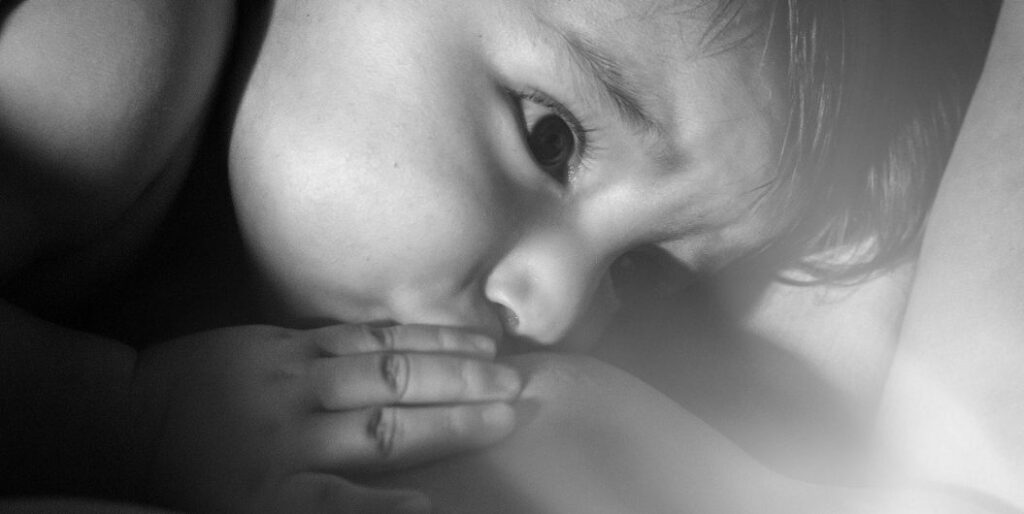What is Mastitis?

Mastitis is an unpleasant complication of breastfeeding — one that happens quite frequently, especially within the first six months of nursing. It is the swelling and inflammation associated with an infection in the breast tissue and milk ducts. Mastitis is quite painful, and needs to be treated immediately by a doctor.
Symptoms of mastitis include redness and swelling of the breast, which may also be warm or hot to the touch. You may run a fever, and experience flu like symptoms including aches and chills. If the mastitis progresses far enough, you may also experience pain and swelling in the lymph nodes located near the breasts under the arms. More than likely, breastfeeding with mastitis will be painful, so you should definitely seek the treatment of a doctor as soon as possible.
Mastitis occurs when the breast becomes overfull, engorged or is not completely drained. Engorgement can result in the milk leaking into the tissue of the breast instead of draining. The introduction of outside bacteria through cracked nipples can also contribute to the infection that leads to mastitis. Women who are prone to developing mastitis may wear nipple shields, nursing or breast pads, or simply wear a nursing bra that is too tight. Anemia may contribute to mastitis as well, so be sure that you are getting treatment for this to avoid developing mastitis.

Breastfeeding is difficult for some moms, and a case of mastitis can prompt some to quit breastfeeding. One of the best treatments for mastitis is continued breastfeeding to keep the milk flowing and draining from the infected tissue — it is in fact, safe for both moms and babies to continue breastfeeding even through an infection. Your doctor will prescribe an antibiotic to treat the infection, and you should be sure to take the entire prescription as directed.
In the meantime, while you’re waiting for the antibiotics to take effect, treat the pain of the inflammation with acetaminophen or ibuprofen. Before you nurse, use a warm, wet cloth on the affected breast to stimulate the flow of milk. A cold compress will help reduce the pain between feedings. Massaging the breast will help keep the milk flowing as well. If it hurts too much to nurse on the affected breast, try starting on the other side and switching as soon as the milk lets down, or starts flowing.
Untreated cases of mastitis can result in a serious abscess which may need to be treated with surgery to drain it. To avoid and treat mastitis, try to get your infant on a schedule of breastfeeding — regularly emptying your breasts will help maintain healthy breasts and a good supply of milk for your baby.
